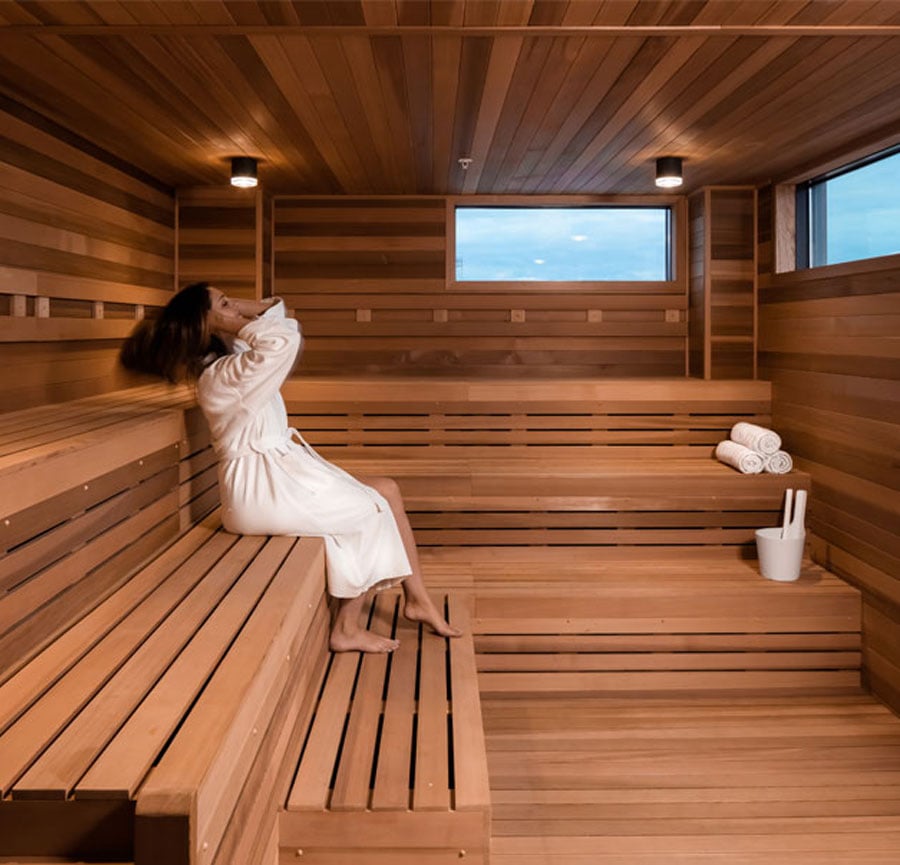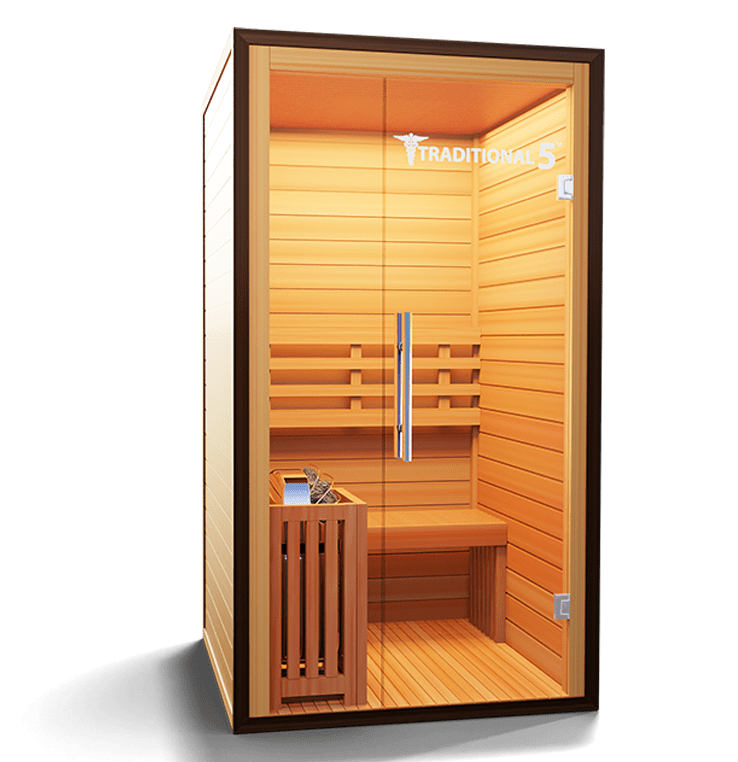6 Simple Techniques For Traditional Sauna
6 Simple Techniques For Traditional Sauna
Blog Article
The Best Guide To Traditional Sauna
Table of ContentsThe Best Strategy To Use For Traditional SaunaTraditional Sauna Fundamentals ExplainedSome Known Details About Traditional Sauna All About Traditional SaunaAn Unbiased View of Traditional Sauna
The majority of the weight shed in a sauna is water loss and is re-gained upon rehydrating. Nevertheless, without a doubt sauna can be a vital component of a healthy weight reduction program. To take a look at the differences in between conventional and IR saunas, I will separate these right into verifiable, academic, and produced differences.Thus, the best point in the saunawhich goes to the ceiling directly over the sauna heateris normally in between 185 and 190 F. Claims that a traditional sauna exceeds 200 F is just not true and not relevant for electric saunas marketed in the US. The temperature for a far-infrared sauna is usually established between 120 and 140 F; nevertheless, unlike the traditional sauna, the objective in and IR room is not to attain a high temperature.
Due to this, the temperature distinction is nearly pointless, since excessive sweating results in both sauna kinds, yet the technique of warming the body is different. In an IR sauna the bather will certainly feel warm and will sweat profusely, however at a lot lower temperature levels (Traditional Sauna). Thus, if the goal is to invest longer periods of time in the sauna, the IR sauna is a great option
When a standard sauna has been effectively heated, the sauna wall surfaces are cozy, the air temperature has actually achieved set temperature level and the rocks are very warmed. As an intriguing side note, the heated walls and the rocks are releasing far-infrared warmth, combined with the heated air, to produce an "wrapping up warmth".
All about Traditional Sauna

When the high temperature is accomplished, the aspects cycle on and off to maintain the high temperature. The majority of traditional sauna users delight in pouring water over the rocks to develop heavy steam to increase sauna humidity levels. The advantages of pouring water over the rocks include: making the area extra comfy, moistening the nasal passages, and permitting the usage of aromatherapy by blending crucial oils with the water.

When the power enters the body, it creates the body temperature to raise and eventually causes sweating. In an infrared sauna it is essential for the emitters/heaters to stay on practically frequently. Considering that there is no mass of rocks to retain warm, the sauna will certainly cool down if the emitters turned off.
As pointed out over, the sauna bather in an infrared room wishes to place himself in front of running emitters to get maximum take advantage of the heat. The home heating time for the 2 areas can be very various, relying on exactly how the areas are used. For a typical sauna, a bather should allow 30-40 minutes for the area to accomplish a wanted temperature and to correctly pre-heat the rocks.
What Does Traditional Sauna Mean?
A well built sauna will generally accomplish a temperature level of 150-160 F in about 30-40 minutes. For hotter temperature levels, the area might require to warm for a longer duration.

Typical saunas tend to be larger (therefore utilize more electrical power) than infrared saunas, although traditional saunas are certainly offered in one and two individual dimensions. For a two-person conventional sauna, 5x6 or 5x7 dimension is most prominent. The top bench can easily seat two or three individuals and is also long sufficient to exist down during the sauna session.
The 6-Minute Rule for Traditional Sauna
The typical price per kWH of electrical energy in the united state is around $0.11, so a 4.5 kW heating system will set you back around $.50 to run for one hour, if the heater runs constantly for one hour. Usually a sauna heating unit will run for 75% of the first hour and 50% of succeeding hours on since the elements cycle once the set temperature level is attained.

Finally, there is a hardly ever reviewed difference in the social experience in between both rooms. While our culture has actually lost some of the social benefit of the conventional sauna experience, it can be very socially fulfilling (Traditional Sauna). From family members time in the sauna, to heart-felt conversations with loved ones, to sauna partiesthe typical sauna experience can bring about intimate mingling
The Only Guide to Traditional Sauna
The majority of higher end infrared areas include tinted light treatment, sound systems and full-glass fronts.
Report this page